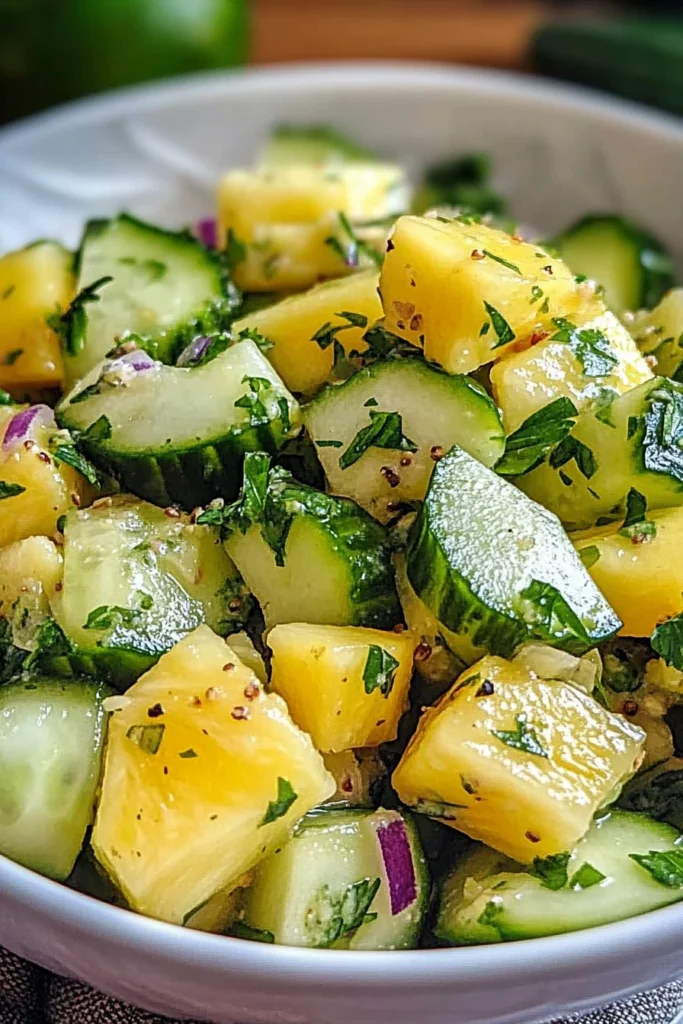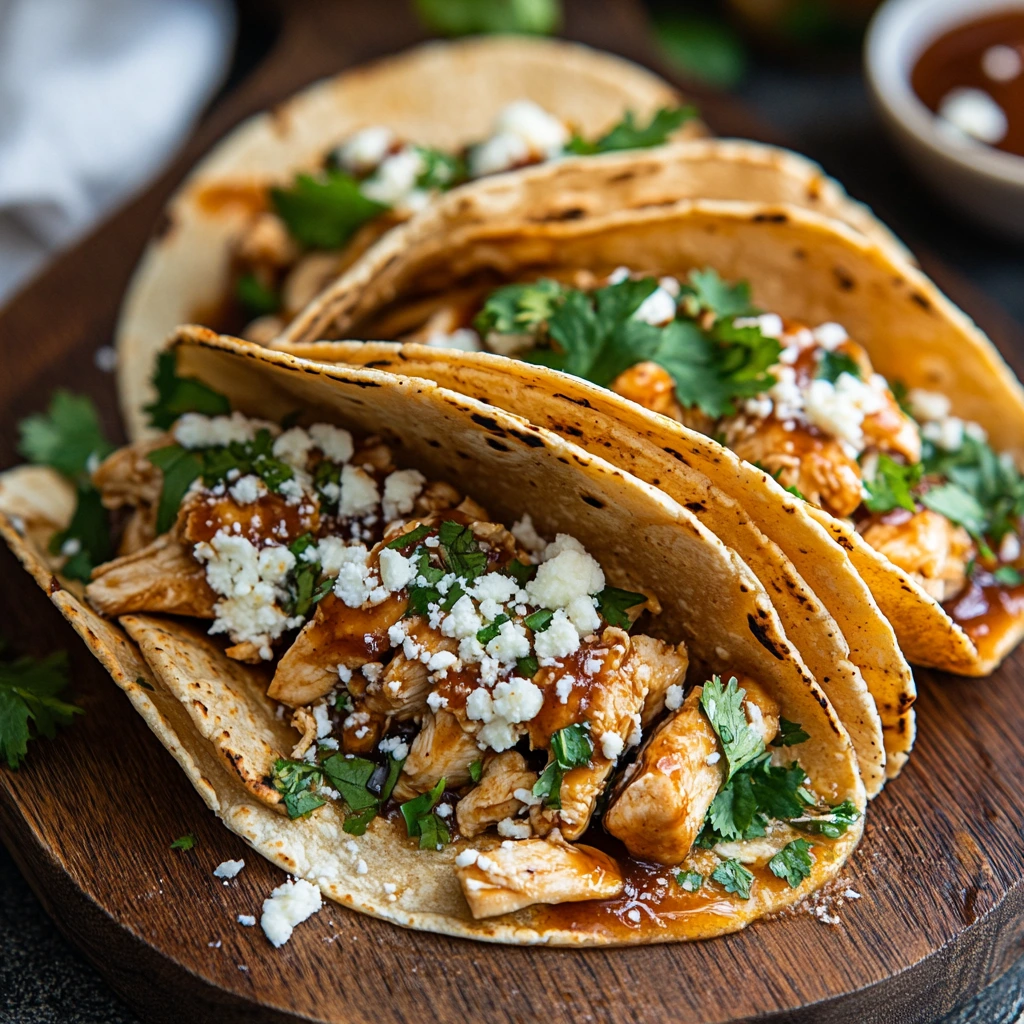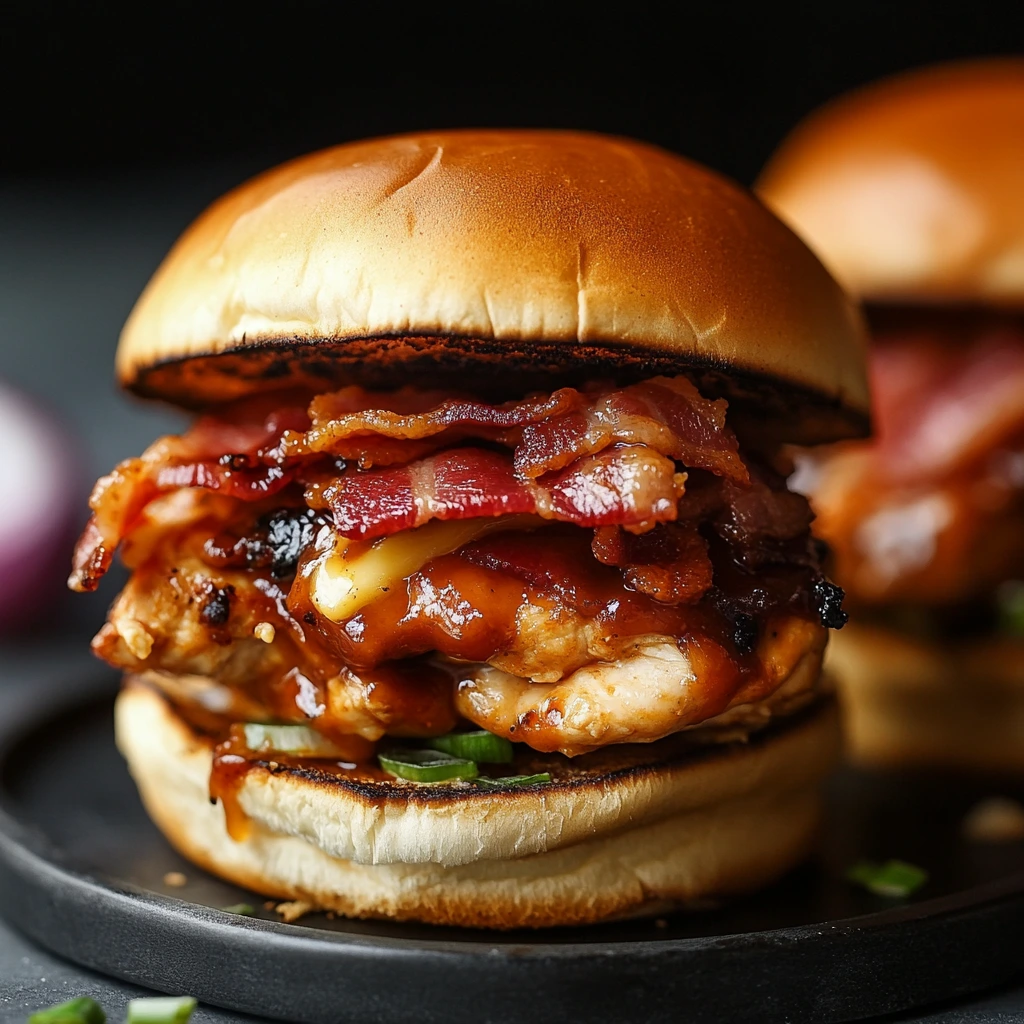Lobster risotto is the ultimate expression of comfort and sophistication in one dish. It combines the creamy richness of Italian risotto with the delicate sweetness of lobster, creating a meal that feels both indulgent and refined. Each spoonful delivers a perfect balance of buttery rice, tender lobster, and savory Parmesan, making it ideal for special occasions or romantic dinners.
This dish celebrates the art of slow cooking and attention to detail. The rice is gently stirred and simmered in a flavorful broth until it reaches a creamy consistency, while the lobster adds a luxurious touch that elevates the entire experience. It’s a dish that feels like fine dining but can be made easily at home with a few simple ingredients and a bit of patience.
The Essence of Lobster Risotto
The essence of lobster risotto lies in its texture and flavor harmony. The rice should be creamy yet slightly al dente, the lobster tender and sweet, and the sauce rich but balanced. The combination of butter, wine, and Parmesan creates a velvety base that enhances the lobster’s natural sweetness.
It’s a dish that embodies elegance and comfort — a perfect example of how simple ingredients can create something extraordinary when treated with care.
Why This Recipe Works
This recipe works because it builds flavor in layers. The lobster shells are simmered to create a rich stock, the rice is toasted to develop depth, and the wine adds brightness. The slow addition of warm broth ensures the perfect creamy texture, while the butter and cheese finish the dish with richness and shine.
The result is a risotto that’s luxurious, flavorful, and perfectly balanced — a true restaurant-quality meal made at home.
Ingredients and Their Roles
Lobster: The star of the dish, providing sweetness and texture.
Arborio rice: The foundation of risotto, known for its creamy consistency.
Butter: Adds richness and helps emulsify the sauce.
Shallots: Provide mild sweetness and depth.
White wine: Adds acidity and brightness.
Lobster stock: Infuses the rice with seafood flavor.
Parmesan cheese: Adds creaminess and umami.
Olive oil: Used for sautéing and flavor balance.
Salt and pepper: Essential for seasoning.
Parsley or chives: Add freshness and color.
Step-by-Step Recipe
Ingredients
- 2 lobster tails (about 8 oz each)
- 1½ cups Arborio rice
- 4 cups lobster or seafood stock
- 2 tablespoons olive oil
- 2 tablespoons butter
- 1 shallot, finely chopped
- ½ cup dry white wine
- ½ cup grated Parmesan cheese
- 1 tablespoon lemon juice
- Salt and black pepper to taste
- Fresh parsley or chives for garnish
Preparation
- Prepare the lobster. Bring a pot of salted water to a boil. Add the lobster tails and cook for 6–8 minutes until bright red. Remove and let cool. Extract the meat, chop into bite-sized pieces, and set aside. Reserve the shells for stock if desired.
- Make the stock. If using homemade stock, simmer the lobster shells with water, onion, celery, and herbs for 30 minutes. Strain and keep warm.
- Sauté the aromatics. In a large skillet or saucepan, heat olive oil and 1 tablespoon of butter over medium heat. Add the shallot and cook until translucent, about 2 minutes.
- Toast the rice. Add the Arborio rice and stir for 1–2 minutes until lightly translucent around the edges. This step helps the rice absorb flavor and maintain texture.
- Deglaze with wine. Pour in the white wine and stir until it’s mostly absorbed.
- Add the stock gradually. Add one ladleful of warm stock at a time, stirring constantly. Wait until the liquid is mostly absorbed before adding more. Continue this process for 18–20 minutes until the rice is creamy and tender but still slightly firm in the center.
- Add the lobster. Stir in the chopped lobster meat and cook for 2–3 minutes until heated through.
- Finish with butter and cheese. Remove from heat and stir in the remaining butter, Parmesan cheese, and lemon juice. Season with salt and pepper to taste.
- Serve. Spoon into bowls, garnish with parsley or chives, and serve immediately.
Tips for Perfect Lobster Risotto
- Use warm stock to maintain even cooking.
- Stir constantly to release the rice’s natural starches.
- Don’t rush — risotto needs time to develop creaminess.
- Add the lobster at the end to keep it tender.
- Finish with butter and cheese for a glossy texture.
Variations and Flavor Combinations
1. Classic Lobster Risotto
Traditional version with butter, Parmesan, and white wine.
2. Lemon Herb Lobster Risotto
Add lemon zest and fresh herbs for brightness.
3. Truffle Lobster Risotto
Drizzle with truffle oil or add shaved truffles for luxury.
4. Spicy Lobster Risotto
Add a pinch of chili flakes or cayenne for heat.
5. Lobster and Corn Risotto
Add sweet corn kernels for texture and sweetness.
6. Lobster and Asparagus Risotto
Add blanched asparagus for color and freshness.
Serving Suggestions
Lobster risotto pairs beautifully with:
- Roasted asparagus or green beans.
- Garlic bread or crusty baguette.
- A crisp green salad with lemon vinaigrette.
- A glass of white wine such as Chardonnay or Pinot Grigio.
Make-Ahead and Storage
Make-ahead: The lobster stock can be prepared up to 2 days in advance. Cook the risotto fresh for the best texture.
Storage: Store leftovers in an airtight container in the refrigerator for up to 2 days.
Reheating: Reheat gently in a saucepan with a splash of stock or cream to restore creaminess.
Freezing: Not recommended, as risotto loses texture when frozen.
Nutritional Information (per serving)**
- Calories: 520 kcal
- Protein: 35 g
- Fat: 28 g
- Carbohydrates: 32 g
- Sugar: 2 g
The History of Risotto
Risotto originated in Northern Italy, where rice was introduced in the Middle Ages. Over time, Italians developed a unique cooking method that involved slowly adding broth to rice, creating a creamy texture without cream. The dish became a staple of Italian cuisine, with countless regional variations.
Lobster risotto is a modern adaptation that combines the traditional technique with the luxury of seafood, creating a dish that’s both comforting and elegant.
Texture and Flavor Profile
The perfect lobster risotto is creamy, rich, and slightly al dente. The lobster adds sweetness and a delicate chew, while the Parmesan and butter create a velvety sauce. The wine and lemon juice add brightness, balancing the richness of the dish.
Each bite delivers a combination of creamy rice, tender lobster, and savory depth that lingers on the palate.
Common Mistakes and How to Avoid Them
Overcooking the rice: Risotto should be creamy, not mushy. Stop cooking when it’s slightly firm in the center.
Adding cold stock: It cools the rice and disrupts cooking. Always use warm stock.
Not stirring enough: Stirring releases starches that create creaminess.
Adding all the liquid at once: Risotto needs gradual absorption for the right texture.
Overcooking the lobster: Add it at the end to keep it tender.
Chef’s Tips
- Use Arborio or Carnaroli rice for the best texture.
- Add a splash of brandy or cognac for depth.
- Use freshly grated Parmesan for better melting.
- Finish with a drizzle of olive oil for shine.
- Serve immediately — risotto doesn’t wait.
Pairing Ideas
With Drinks:
- White wine like Chardonnay, Pinot Grigio, or Champagne.
- A light rosé for a refreshing contrast.
- Sparkling water with lemon for a non-alcoholic option.
With Other Dishes:
- Pair with grilled shrimp or scallops for a seafood feast.
- Serve with roasted vegetables or Caesar salad.
- Add a side of garlic butter rolls for dipping.
The Joy of Italian Cooking
Lobster risotto embodies the joy of Italian cooking — simple ingredients transformed through technique and care. It’s a dish that rewards patience and attention, turning a few pantry staples into something extraordinary. The process of stirring, tasting, and adjusting is as satisfying as the final result.
It’s a meal that invites slow dining and appreciation, perfect for sharing with loved ones.
The Science of Creamy Risotto
The creaminess of risotto comes from the starch released by the rice as it cooks. Stirring helps break down the outer layer of the grains, allowing the starch to mix with the broth and create a natural sauce. The butter and cheese at the end emulsify the mixture, giving it a glossy, velvety finish.
The key is balance — enough liquid for creaminess, but not so much that it becomes soupy.
Presentation and Finishing Touches
For an elegant presentation, spoon the risotto into shallow bowls and top with lobster pieces. Garnish with chopped herbs, a drizzle of olive oil, and a sprinkle of Parmesan.
For a restaurant-style touch, serve with a lemon wedge or a few microgreens for color contrast.
Modern Variations
- Keto Lobster Risotto: Use cauliflower rice and cream for a low-carb version.
- Low-Fat Version: Use olive oil instead of butter and reduce cheese.
- Vegan Alternative: Replace lobster with mushrooms and use vegetable stock.
- Lobster Saffron Risotto: Add saffron threads for color and aroma.
- Lobster Champagne Risotto: Use Champagne instead of wine for a festive twist.
The Perfect Dinner
Lobster risotto is the perfect dinner for any special occasion. It’s elegant, flavorful, and deeply satisfying. Whether served as a main course or a luxurious side, it brings a touch of sophistication to any table.
It’s a dish that proves that fine dining doesn’t have to be complicated — just fresh ingredients, patience, and care.
The Cultural Influence of Lobster Risotto
Lobster risotto has become a symbol of modern Italian-inspired cuisine, blending traditional techniques with luxurious ingredients. It’s a dish that bridges comfort and elegance, appealing to both home cooks and professional chefs.
Its popularity continues to grow as more people discover the joy of making risotto at home — a dish that’s as rewarding to cook as it is to eat.
The Role of Parmesan and Butter
Parmesan and butter are the heart of risotto. They add richness, depth, and a silky texture that ties the dish together. The Parmesan provides umami and saltiness, while the butter adds smoothness and shine. Together, they elevate the lobster’s natural sweetness and create a perfectly balanced dish.
The Perfect Bite
The perfect bite of lobster risotto combines creamy rice, tender lobster, and a hint of lemon. It’s rich yet balanced, indulgent yet comforting — a bite that captures the essence of Italian luxury.
Conclusion
Lobster risotto is a celebration of flavor, texture, and craftsmanship. With its creamy rice, tender lobster, and rich Parmesan finish, it’s a dish that embodies both comfort and elegance.
Easy to prepare yet impressive to serve, it’s perfect for any occasion. This recipe proves that with patience, quality ingredients, and a touch of care, you can create a meal that’s both indulgent and unforgettable — a true masterpiece of Italian-inspired cuisine.






